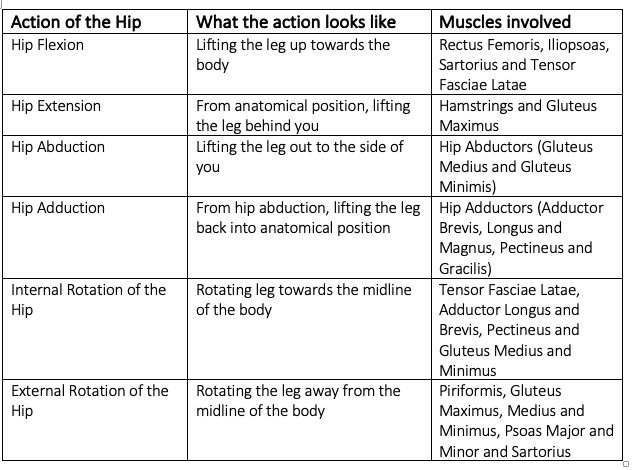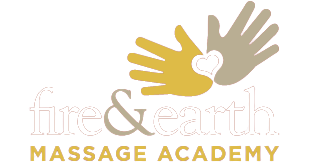Which Muscles Move The Scapula?
Posted on 31st January 2022
Our bodies contain over 600 muscles and understandably, there’s no singular way of learning and remembering them all. However, in this 3-part series, we’ll be looking at one of the easiest ways to remember them all. Today, we’re going to be looking at the muscles that move the Scapula.
The Scapula
The scapula, commonly referred to as the shoulder blade, is the flat triangular bone that sits above the rib cage on the upper back. On some people this bone is easy to locate as it sticks out. The scapula, along with the clavicle and the manubrium of the sternum, make up the pectoral (shoulder) girdle which connects the upper limb of the appendicular skeleton to the axial skeleton.
The scapula or scapulae (plural) moves in 6 different directions. Each of these movements is produced by muscles.

Knee and Ankle Joint
The knee joint consists of the end of the femur connecting to the top of the tibia and fibula. The two main actions at the knee joint are flexion and extension. The ankle joint is the distal ends of the tibia and fibula meeting the talus. The actions of the ankle are plantarflexion and dorsiflexion. The subtalar joint (which is the articulation of the talus and calcaneus) allows inversion and eversion of the foot)

The best way to learn the muscles is the move and copy the action that the muscles perform. Using a diagram of the body, pinpoint the location of the body and then perform the action. Focus on feeling how the muscles contract and relax during the movement.
If injury, stress or strain occurs to the muscles or tendons surrounding the Scapula, you may experience weak joint movement and discomfort. Significant injury can misplace the position of the Scapula. This causes limited mobility and pain in the shoulder blade.
To avoid repeated injury to the Scapula, therapists will suggest a variety of stretches and exercises to practise during a client’s recovery and after treatment.
Share this post:

